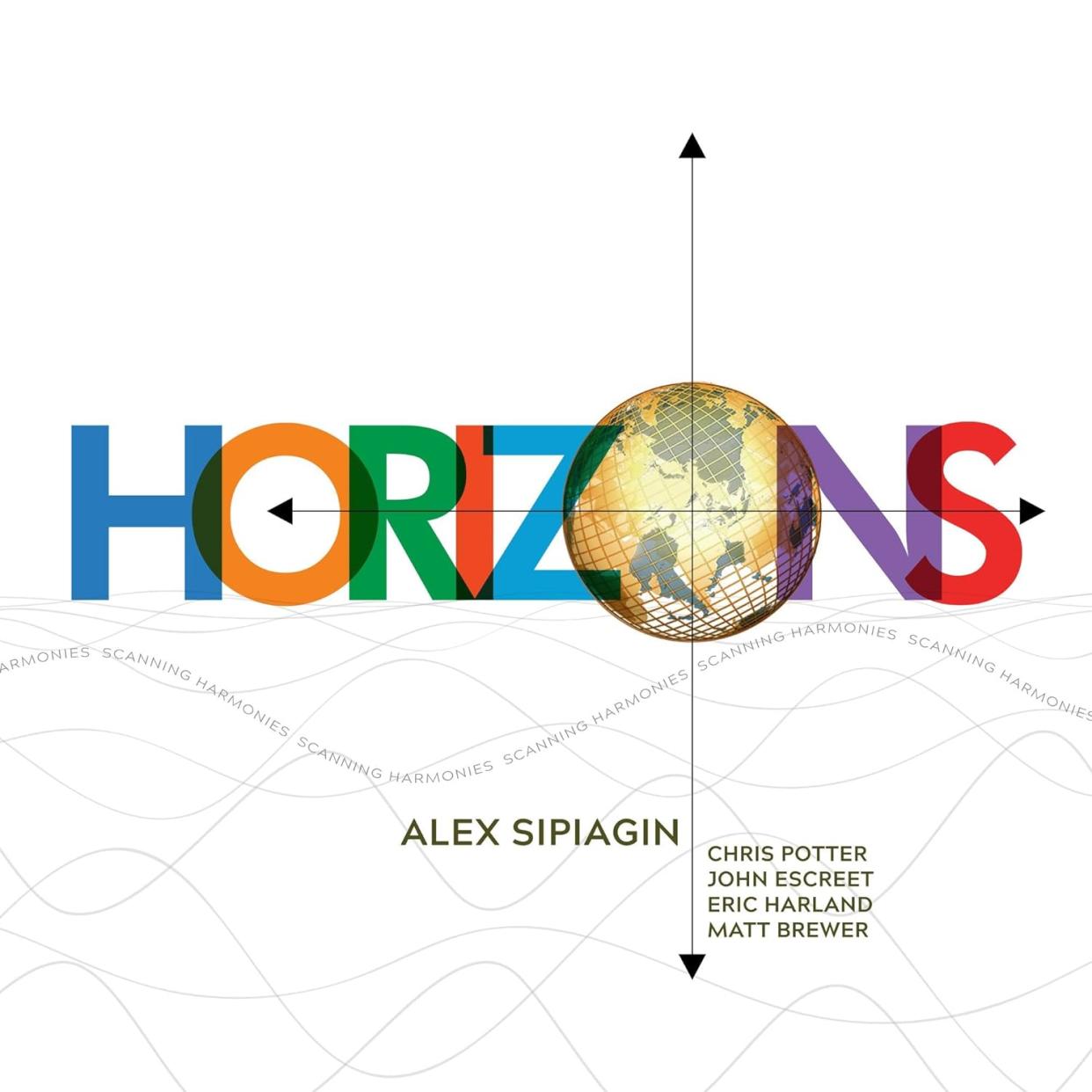Notes and tones: Trumpeter's ace band explores vast 'Horizons'

- Oops!Something went wrong.Please try again later.
- Oops!Something went wrong.Please try again later.
Veteran trumpeter Alex Sipiagin’s “Horizons” (Blue Room Music), released a month ago, sees a coterie of exceptional musicians join forces to deliver a beautifully conceived and arranged set of 10 originals.
The leader composes eight cuts and guitarist Pat Metheny, by special arrangement, wrote the two remaining pieces specifically for this session.
On “Horizons,” Sipiagin, who was born in Russia but who emigrated to the United States decades ago and most recently moved to Italy, is joined on the front line throughout by saxophonist Chris Potter, as well as an ace rhythm section of keyboardist John Escreet, bassist Matt Brewer and drummer Eric Harland. This is a powerful musical elixir with each of the five musicians given plenty of room to both strut their stuff via solos and demonstrate their thorough and equally-skilled acumen as ensemble players.
There are passages throughout — very detailed, intricate passages — where not only is the music enthralling on its face, but sounds so due to the band's ability to intertwine themselves with confidence. They do this in any number of combinations and permutations; this generally happens subtly and seamlessly — so much so that it likely will take a number of thorough listens to recognize it all.
With Sipiagin leading the way, there is group improvisational interplay, such as on “Horizon 1,” where Escreet employs tasteful electronic keyboards and electronics as a sound bed. Potter solos underneath as well, and Sipiagin rings his trumpet in clarion fashion as he moves into “Horizon 2,” which at the outset possesses a quietude of sorts.
There are moments one might think that if Miles Davis were still alive and operating in the 21st century with his “Live at the Fillmore” ensemble, he could issue such a three-part ethereal suite that, in the end, slides peacefully into “Horizon 3” until it quietly fades out.
Sipiagin’s approach and delivery of this section is not all that surprising when you consider both he and Potter worked extensively with bassist Dave Holland in a variety of settings. Holland is the very same bassist who was an essential piece of Davis’ first, and ultimately seminal, late 1960s electric band that created and delivered those “Live at the Fillmore” jazz-fusion performances.
Being quite familiar with Sipiagin, Potter, Brewer and Harland’s talents and track records left me to wonder just how Escreet, a now 39-year-old British artist who moved to New York as a teenager, would fit in with four heavyweights.
Checking the information superhighway, I learned that after moving to New York, Escreet enrolled in the Manhattan School of Music where he studied with pianists Kenny Barron and Jason Moran — not too shabby, right? — and graduated with a master's degree. Around the same time, he released his first recording as a leader, featuring personnel that included acclaimed saxophonist David Binney as well as other forward-thinking musicians, including bassist Brewer. That’s tie-in number one.
On subsequent releases, Escreet also worked with Potter and Harland. That’s tie-in number two. Then there is his sideman work with Sipiagin as well. I believe that’s everyone.
So never mind that I was unfamiliar with Escreet’s work. His bandmates here obviously were, which is far more important.
There are several noteworthy Escreet moments housed within “Horizons.” The first is at the five-minute mark of the opening tune “While You Weren’t Looking,” one of the two Metheny compositions. The first solo to this quick-paced, staccato-infused piece arrives via Sipiagin, then it’s Potter’s turn. His thrilling solo leads right into Escreet’s forceful work, a percussive pianistic attack accentuated all the more by his chordal playing left hand in combination with his more melodic right hand. The contrast is well-designed and executed.
The other Metheny-composed piece is “When Is It Now?" a lilting ballad that showcases Sipiagin’s flugelhorn work as well as soft interplay between both he and Potter, with Escreet adding an acoustic piano layer underneath before Potter jumps back in with his lyrical solo.
Sipiagin seems to purposely couch this Metheny piece in such a way that it allows listeners to catch their breath; this doesn’t last long before the quintet revs its turbo-charged engine again, resulting in them stretching themselves during “Lost.” The song's title might be a bit of a misnomer, given there is little, if anything, Sipiagin and Co. seem to misplace.
Jon W. Poses is executive director of the “We Always Swing” Jazz Series. Reach him at jazznbsbl@socket.net.
This article originally appeared on Columbia Daily Tribune: Notes and tones: Trumpeter's ace band explores vast 'Horizons'

